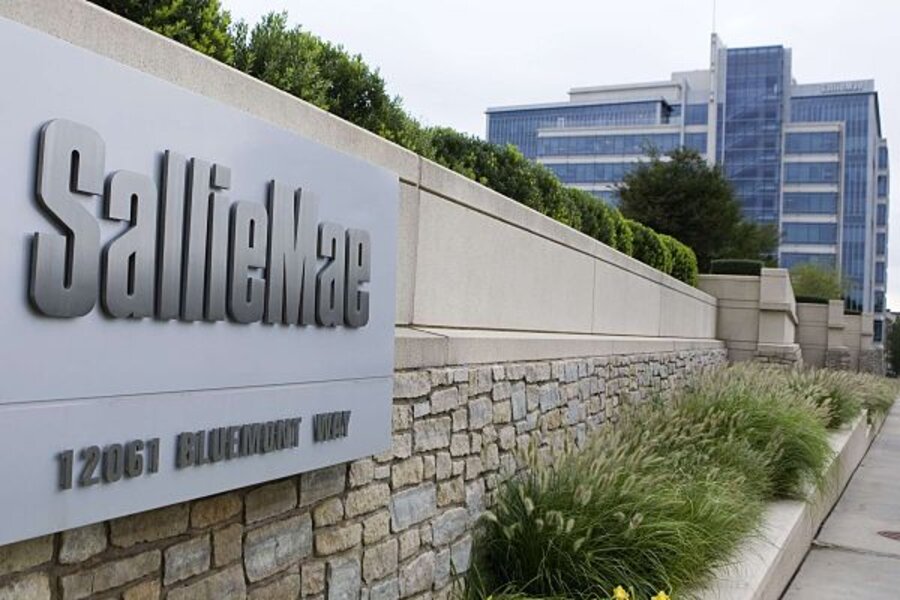Student loans offer a rare break this fall: lower interest rates
Loading...
Tuition isn't going down. Textbook prices are still on the rise. But at least one area of college financing is headed in the right direction: Interest rates on loans are falling.
Despite dire warnings about the effects of a government "takeover" of the student loan program earlier this year, the federal government has simplified the program, eliminated commercial lenders as middlemen, and lowered interest rates on its loan programs. Commercial lenders have also cut interest rates for the coming year and introduced perks that lower the cost even more.
Of course, this year's interest-rate decline has far more to do with the weak economy than government efficiency. Still, the low rates represent a rare break for students and parents struggling to pay tuition bills.
Understanding the various loan programs is also excellent preparation for the strategies that students will need later in life to handle mortgages and credit-card debt.
Practically every financial adviser recommends using all the available federal loan programs before venturing out in the private market for student loans. These government loans carry higher interest rates than the banks, but they're fixed-rate loans. That means parents and students can lock in their costs for decades to come. The low-rate private loans, which are variable, will rise in cost if interest rates rise.
Another plus: the government loans come with perks that students will probably never see in any other loan they apply for. For example, Uncle Sam offers income-based repayment programs. Students don't have to pay while they're in school. If college graduates' consolidate their student loans with the government, they can apply for a repayment program that caps their monthly payments at less than 15 percent of their income.
If they pay regularly for 25 years and still owe money, the government forgives it. If they take a public-service job, the remaining loan is forgiven after 10 years.
For federal Stafford loans to the financially needy, interest rates for the coming school year dropped from 5.6 percent to 4.5 percent. Unsubsidized Stafford loans stayed at 6.8 percent. Federal loans for parents under the new Parent Loan for Undergraduate Students program dropped to 7.9 percnet this year; under the old system, they were 8.5 percent or higher.
Competition has also pushed private lenders to keep their rates low and offer discounts for pyments made during schooling and automatic monthly payments from bank accounts.
Private lender Sallie Mae, for one, has eliiminated origination fees and introduced a "smart option" loan where students get a lower rate and save more than 50 percent in finance charges over the life of the loan by making payments while still in school.
Students this fall could get a variable-rate loan for as low as 2.9 percent from Sallie Mae.





